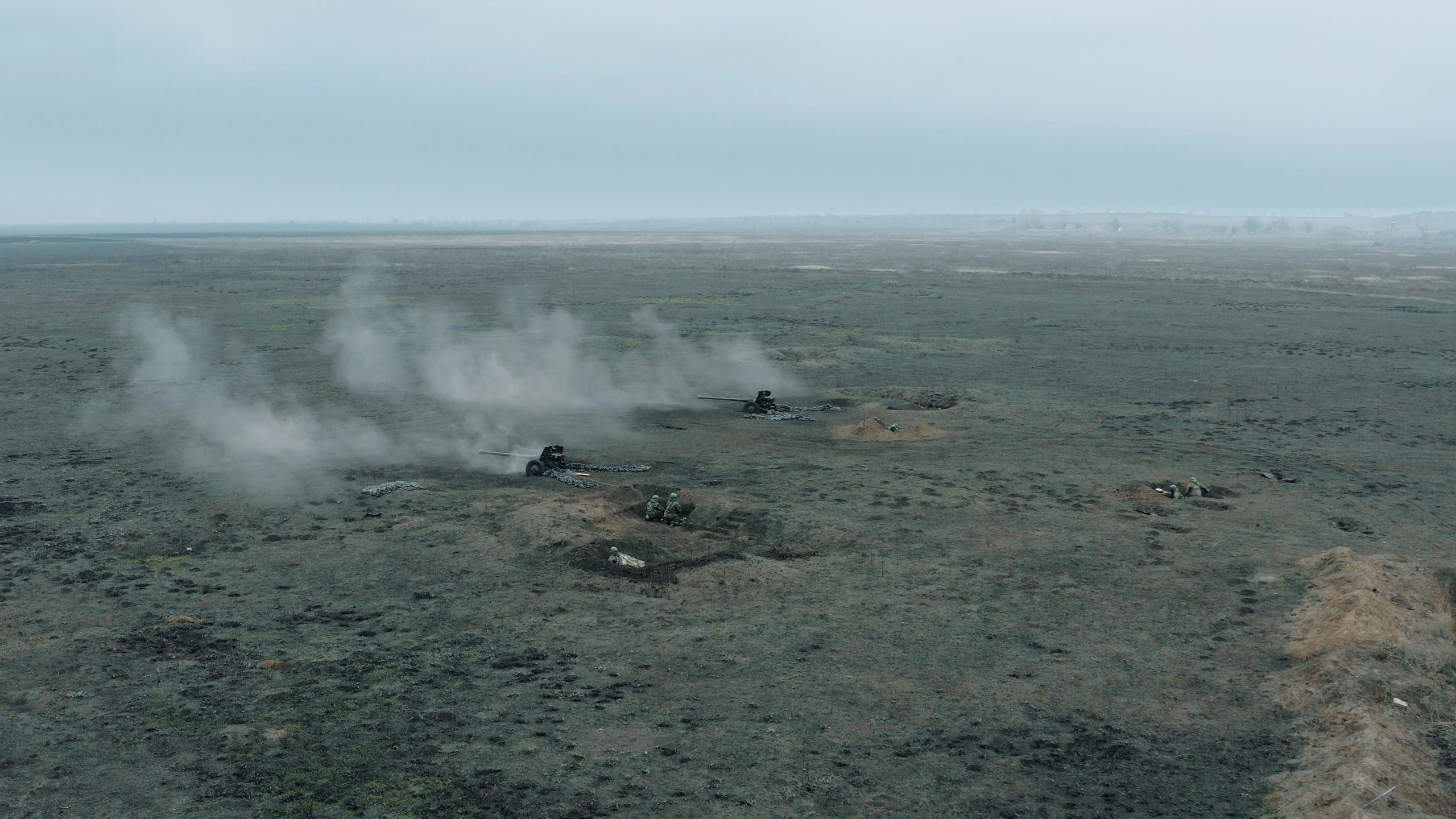
September 2025 - Technical Paper
'Five Challenges Facing Navigation Systems in 2026.'
GPS can no longer be trusted. Jamming, spoofing and legacy gaps demand layered navigation - CRPAs, inertials, and fusion. By 2030, assured PNT will decide who holds the advantage.
For years, GPS was something we barely thought about.
It was just there, a background utility guiding everything from fighter jets to mobile phones. It felt permanent, untouchable.
Ukraine has shown us that is no longer the case.
Jamming and spoofing are now part of daily life, and not only inside the borders of Ukraine itself. Russian forces have flooded whole regions with interference, blinding anything that depends on GNSS and throwing precision munitions off course. Airliners across Europe have been diverted. Cargo ships have shown up on screens parked in the middle of airports. Even the European Commission President’s aircraft had to fall back on maps and ground beacons when GPS failed on approach.
The lesson is clear: GPS is not unbreakable.
From this experience, five challenges stand out.
1. Escalating GPS jamming and spoofing
Jamming has become routine. Spoofing is harder to detect, and that is what makes it so dangerous. A receiver can be quietly misled into believing it is somewhere else without anyone noticing until too late.
Both techniques are cheap and effective, even if harder to deploy close to the front line thanks to the spread of FPV drones.
The fix is multi-layered: anti-jam antennas like CRPAs, encrypted signals such as M-code, and sensor fusion that brings together GPS, inertial, and visual data.
Just as important is training. Crews need to be ready to recognise GPS loss and know exactly what to do when it happens.
2. Legacy systems with no backup
Much of NATO’s older kit was built in an era when GPS felt certain.
Many platforms carry little more than single-channel receivers. If GPS drops out, they are blind. The US Army has started upgrading thousands of vehicles and weapons with assured PNT kits that include inertials and anti-jam receivers.
Others need to move quickly too. Open standards will make retrofits faster and easier.
And there is still a place for the basics. Soldiers, sailors, and pilots need to stay comfortable with map and compass. Sometimes the simplest tools are the most resilient.
3. Vulnerable unmanned systems
Small drones and unmanned vehicles are everywhere on today’s battlefield. They are also some of the easiest targets.
Consumer-grade sensors mean they can be defeated by modest jamming. Ukraine has seen waves of quadcopters forced down in exactly this way.
Innovation is responding: drones that navigate by sight using visual odometry and scene matching are now appearing. The bigger answer is to invest in compact inertials, fuse every available sensor, and fit lightweight anti-jam antennas.
That is why we built Nova CRPA at Riot Aerospace - to give smaller platforms a fighting chance when signals are contested.
4. Fragmented standards and poor interoperability
New navigation technologies are arriving fast, from quantum gyros to terrestrial radio networks.
The trouble is, they are often being developed in silos. The GAO found more than ten US programmes all working on GPS alternatives without a unifying strategy.
NATO has started to push standardisation, but there is more to do. The way forward is open architectures that let any compliant module slot in across platforms and allies.
Without this, we risk ending up with a patchwork of fixes that do not talk to each other when it matters most.
5. Civilian spillover is growing
Ukraine has shown that GPS denial does not stay on the battlefield.
Airliners have cancelled flights.
Cargo ships have diverted routes.
Poland logged over 2,700 interference incidents in a single month.
Yet most civilian systems still assume GPS will always be there. Governments need to move faster.
Backups such as eLoran, resilient navigation for aviation and shipping, and real-time sharing of interference data between civil and military operators are all urgent steps.
Looking Ahead
By 2030, navigation will not mean relying on one system.
It will mean using many. Aircraft will blend GPS with inertial, star trackers, and signals from new constellations.
Drones will share fixes across swarms. Ground vehicles will use lidar maps and magnetometers when satellites go dark. Even satellites themselves may turn to pulsars or inter-satellite links to orient without Earth’s GNSS.
The theme is resilience. No single point of failure. The forces who can operate confidently without GPS will set the pace.
Conclusion
The challenges are already here. Jamming and spoofing are increasing.
Legacy fleets remain fragile. Unmanned systems are easy targets. Standards are fragmented.
Civil infrastructure is not ready. The answers are in front of us: anti-jam antennas, stronger inertials, smart fusion, open standards, and better cooperation across civil and military.
At Riot Aerospace we are contributing with Nova CRPA, built to harden smaller unmanned platforms. But this is not about one system or one company.
Assured PNT has to become the norm. Ukraine has shown what happens otherwise.
Copyright © 2025 Riot Aerospace Ltd. Registered in England and Wales with company number 16174957.